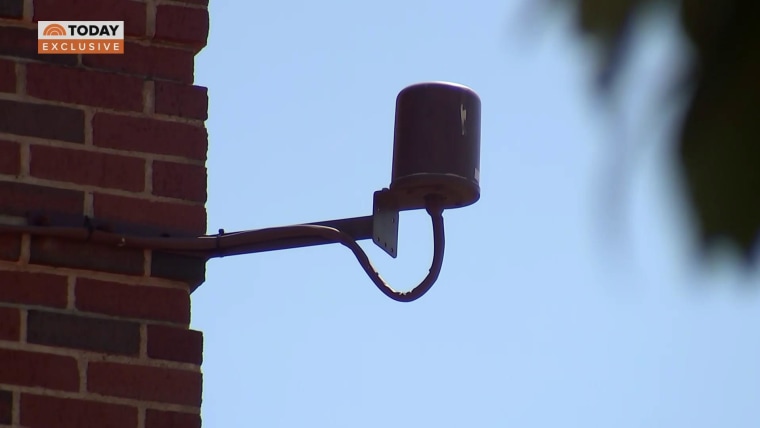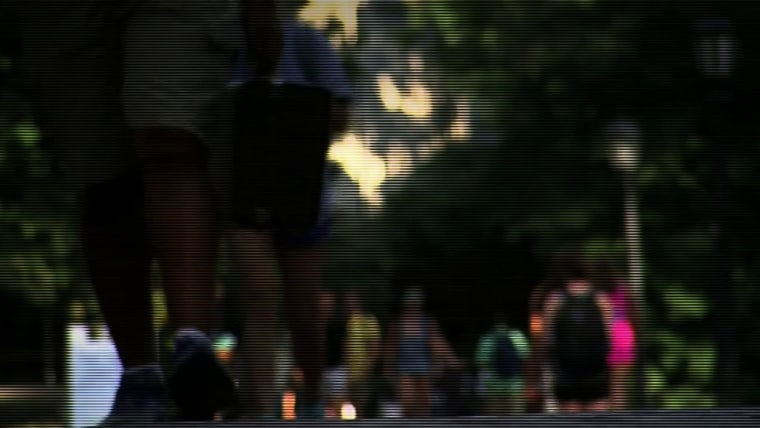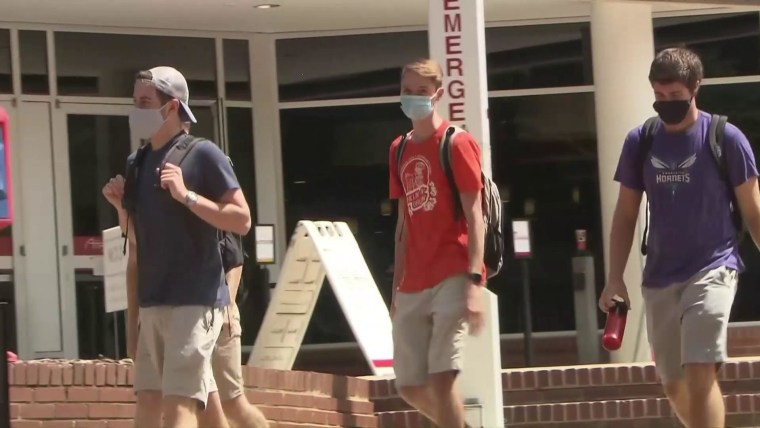The coronavirus pandemic has added unexpected learning opportunities to the agendas of hundreds of college students in recent months: fast lessons in contact tracing.
That was the case for Suyash Gupta, a senior at Texas A&M University. After his summer internship was canceled because of the pandemic, he emailed a former professor, Angela Clendenin, to ask whether there were coronavirus-related projects he could help with. That led to his role as a case investigator at the new Texas A&M COVID Operations and Investigations Center, a joint initiative between the university and the Brazos County Health Department to track the local spread of the virus.
Gupta is just one of thousands of college students across the country who are certified to help with the crucial task of contact tracing. Since May, more than 4,000 U.S. college students have completed Johns Hopkins University’s online contact-tracing course, according to Coursera Inc., which works with colleges and universities to offer courses online.
It’s a high-stakes job, especially now: Classes began this week at Texas A&M in College Station, which has one of the largest student bodies in the country. Last fall, the campus had over 64,000 students. Texas is one of five states making up 40 percent of the nation’s cases. Some campuses in other states, like Oklahoma State University and Iowa State University, have already had outbreaks. The University of North Carolina-Chapel Hill switched to virtual learning this week after reporting 135 new cases.
“To some people, we might be calling them and we’re the first ones telling them that they’ve tested positive,” said Gupta, one of only two undergraduates working at the center. “I’ve gotten many phone calls where people are scared, anxious, all kinds of emotions. And it’s kind of my role to really help them calm down, assure them that they’ll be OK and then provide them with resources.” Those resources can include connecting people to food assistance programs or free local clinics.
Full coverage of the coronavirus outbreak
Gupta said it’s disappointing that college students and other Americans defy the guidelines of the Centers for Disease Control and Prevention while he and his colleagues work toward ending the pandemic. “Every single party we see on Twitter, every single activity that we see while we’re on campus where people aren’t social distancing, it kind of puts us a step backwards,” he said.
Although classes have just started, Texas A&M student-athletes have been training throughout the summer, so Gupta has already had to make calls to both COVID-19-positive athletes and those who might have been exposed. Having peer-to-peer connections has been instrumental, according to Gupta and Clendenin, project manager for the Operations Center, especially as some contact tracers across the country face resistance and distrust.
“One of the values of these undergraduates in particular is they have a great rapport with other students,” Clendenin said. “When a student who’s a case or a student who’s a contact looks at their phone and sees it’s coming from Texas A&M, they’ll answer it. And then when they hear that it’s a fellow student on the other line, they tend to be a lot more forthcoming than if it was a call from the county.”
Other universities are taking similar actions. Ohio State University will be training 50 students to help it with contact-tracing efforts. At the University of South Florida, over 100 students working as contact tracers for the state Health Department, and a county testing site on campus will be staffed partly by students. At Syracuse University, students are helping administer self-swab COVID-19 kits during student move-ins this week and will work as contact tracers throughout the semester.
“One of the biggest challenges with this pandemic is that the population has been asked to kind of sit on our hands and do nothing,” said David Larsen, an epidemiologist and public health professor at Syracuse University. “And the circles that I’ve talked with, it’s like, ‘Well, how can I help? How can I help this effort?’ And so we created a safe way to do that.”
Syracuse University senior Taylor Spires is one of the students helping facilitate the drive-thru self-swab screenings. And after having spent most of the summer with minimal social interaction, Spires said, it’s nice to connect with people again.
“I like how personable it is,” said Spires, a central New York native. “Getting that somewhat one-on-one, personal contact is a super great experience for me. Something that I’m excited for, you know, nervous, but mostly excited to be a part of something that’s really important for our campus.”
And although she may seem like an authority figure to other students her age, Spires said, she’s there to help her peers through a potentially scary time.
Download the NBC News app for full coverage and alerts about the coronavirus outbreak
“Nothing that we do is meant to discipline students,” Spires said. “It’s to just protect the students, protect the faculty and then protect the community.”
For students like Spires and Gupta, the work is also a chance to be creative and improve the process. Spires’ training, for example, includes collaborating with her fellow contact tracers to make the process more student friendly.
Spires and her peers have talked about tweaking the standard health department questions so the contact tracers don’t just sound like “robots on the phone,” she said. For example, by replacing the cut-and-dried “Describe your housing situation” with a more conversational “So are you living on or off campus?”
Gupta said that when the Health Department in Brazos County was initially struggling to get people to cooperate with contact tracers, he made the suggestion that doctors start telling their COVID-19 patients to expect a contact-tracing phone call.
“Once that happened, we started getting people picking up the phone, answering the questions,” he said. “It really comes up to innovation and creativity. … It’s not just me. There’s other people that have made suggestions and ideas, too, but I think us and our generation have really thought about this in a different way.”
Brooklyn College student Shernidane Romelus, a case investigator specialist in New York City, tackles what happens when people don’t answer the phone — she shows up at their doors. While it’s strange to knock on a stranger’s door, the situation becomes even stranger when that person could be infected with a highly contagious virus, she said.
“It is crazy. And then before you go, you’re thinking about it, you’re kind of scared, but at the same time, you know what you’re doing,” Romelus said. She first entered public health after having survived the 2010 earthquake in her native Haiti, where she was called upon to help her community during the subsequent cholera outbreak. “Even when you’re in school, that’s what they teach you … how to take your time just to make sure that the public and everybody else is safe.”
And as the science behind COVID-19 continues to evolve, the pandemic offers a unique opportunity for students to learn in real time, Clendenin said.
In her Emergency Management in Public Health class, for example, she warns students that public health decisions are often politicized. “And they never believe it,” she said — until now.
“With all of the rhetoric, both at the federal level and the state level, and the issues we’ve had with testing and the changing guidance and the role of the CDC versus our Department of State Health Services — they’ll come to me when something comes on, they’ll be like, ‘Dr. Clendenin, you’re right, this is getting political,'” Clendenin said. “And they’re just shocked.”
Gupta said: “On textbook, it seems very simple, like politicians should listen to health professionals and implement their changes. … So going forward, this has definitely taught me something about how our leaders won’t necessarily agree with everything that science and technology really tell us. And that’s something that you have to learn how to overcome.”
Despite that, he said he’s inspired to be able to make a difference now and in the future.
“I’m excited to see our generation as we become these epidemiologists and infectious disease control professionals,” along with other roles in health care, Gupta said. “Once we are in that role, we’re going to see a huge shift in the way that public health is implemented in our country.”














